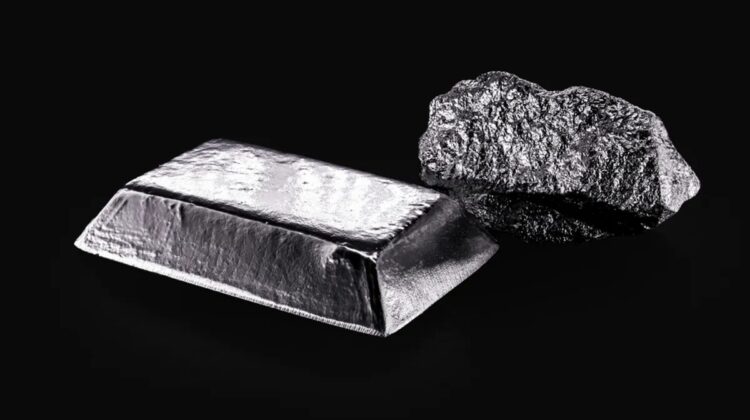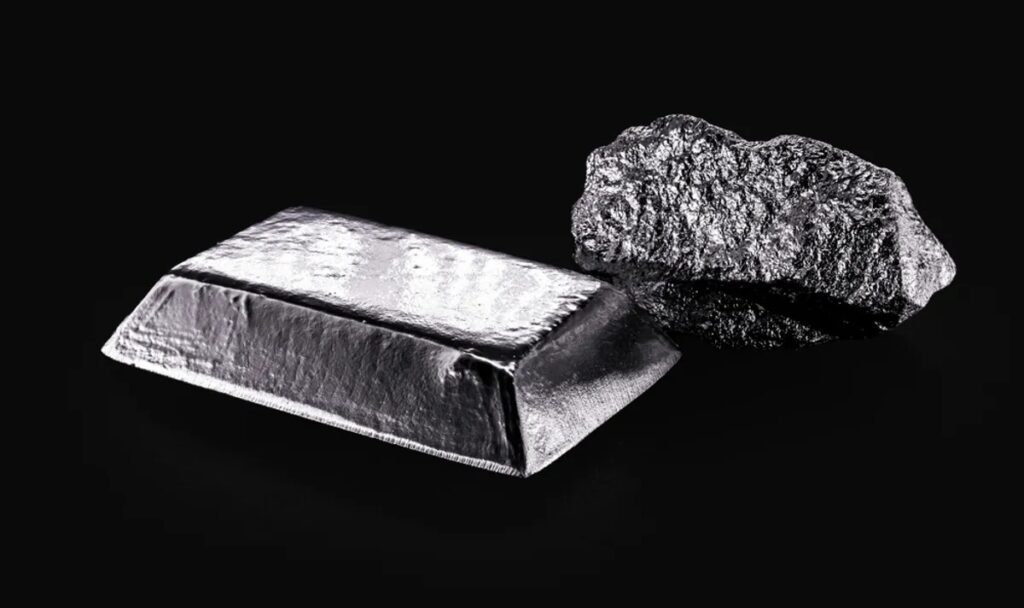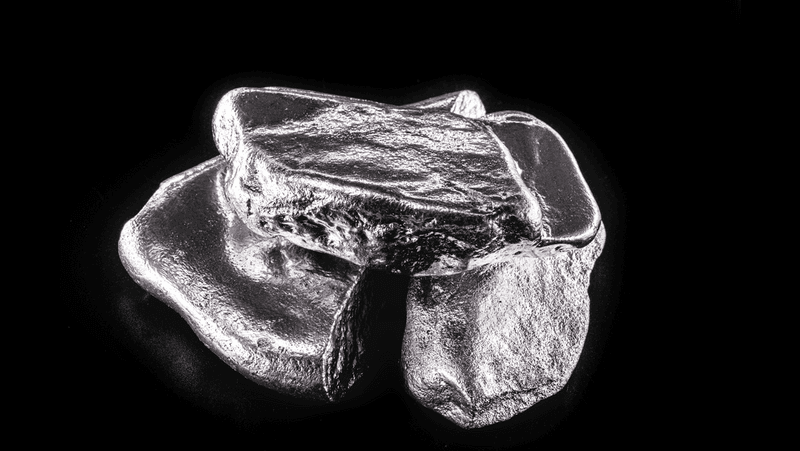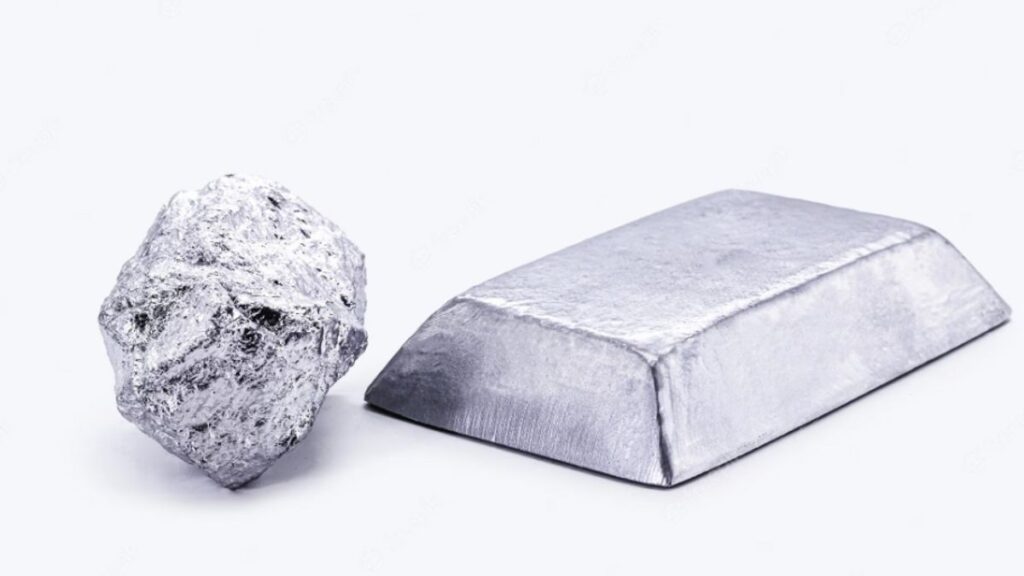
When it comes to valuable metals, gold often takes center stage. Its shimmering allure and historical significance have solidified its position among the world’s most treasured assets. However, there exists a remarkable metal that surpasses even gold in value, both in rarity and price – rhodium. With a price per ounce reaching an astonishing $10,300, rhodium stands as the most expensive precious metal on the planet, overshadowing the glimmer of gold.

The unique allure of rhodium lies in its remarkable properties. This noble metal resists oxygen, making it an exceptional catalyst while remaining unyielding to corrosion and oxidation. Its impressive resilience is complemented by a high melting point of 1,964 degrees Celsius (3,567 degrees Fahrenheit), positioning it within the elite platinum group metals that include platinum, palladium, osmium, iridium, and ruthenium.

Image Credit: RHJPhtotos/Shutterstock.com
What truly sets rhodium apart is its versatility in applications. It defies water and air temperatures up to 600 degrees Celsius (1,112 degrees Fahrenheit) and remains insoluble in most acids. These characteristics make it a sought-after element for uses ranging from cars and aircraft to electrical contacts and high-temperature thermocouple and resistance wires.
The rarity of rhodium further fuels its allure. Existing in minuscule quantities within the Earth’s crust, rhodium is found at an approximate rate of 0.000037 parts per million, making it one of the scarcest elements. In comparison, gold is relatively abundant at about 0.0013 parts per million. Mainly produced in South Africa and Russia, rhodium emerges as a by-product of refining copper and nickel ores, which contain small traces of this precious metal. Annually, around 16 tonnes of rhodium are produced, with an estimated reserve of 3,000 tonnes.

Rhodium’s discovery is a testament to human curiosity and exploration. In 1803, English chemist William Hyde Wollaston unveiled rhodium while extracting it from a piece of platinum ore originating from South America. This revelation followed shortly after Wollaston’s identification of another platinum group metal, palladium.
Characteristically found alongside platinum deposits, rhodium emerged from Wollaston’s experimentation. He meticulously removed the platinum and palladium, unveiling a dark red powder that was later treated with hydrogen gas to expose the precious metal in its true form – rhodium.

Despite its appearance as a luminous silver-white metal, rhodium’s name harkens back to its Greek roots. Derived from “rhodon,” meaning rose, the name reflects the red hues of the metal’s salts.
However, beyond its scarcity and captivating radiance lies an unexpected reality. Statistics from 2019 reveal that nearly 90 percent of rhodium demand originated from the auto-catalyst sector. This mundane application finds its use in the production of catalytic converters, an essential yet perhaps unceremonious role for one of the Earth’s rarest and most precious elements.

In the intricate tapestry of the Earth’s resources, rhodium stands as a testament to nature’s enigmatic brilliance. Its extraordinary properties and scarcity have elevated it to an elite position, surpassing even gold in terms of both price and prestige. As industries continue to harness its unique capabilities, rhodium remains an emblem of the extraordinary potential found within the depths of our planet.

Leave a Reply